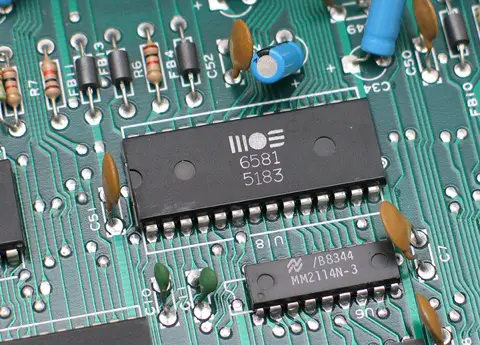Artificial intelligence (AI) today has become ubiquitous – it is in the networks, data centres, devices, and in most applications we use – enabling collaboration between humans and machines.
From your social media feeds to autocomplete suggestions in your email, AI is indeed everywhere. This emerging technology is proving to be a game-changer across industries, including printed circuit board (PCB) manufacturing.
PCBs are the backbone of every electrical device we use today, and the way we manufacture PCBs has come a long way.
But because today’s devices are getting more complex, the circuit boards that allow them to function are likewise becoming more intricate. AI is a possible solution to the difficulties in PCB manufacturing, especially with increasingly tight labour markets today.
AI and Industry 4.0
With the introduction of the Industrial Internet of Things (IIoT) in manufacturing, automation has become universal.
Interconnected sensors and devices seamlessly coordinate the process in factory floors and entire supply chains – making use of the large streams of data it creates.
When deployed correctly, combining AI with these “smart factories” can greatly influence the PCB production process by making it more efficient and accurate.
This results in better products, reduced operational costs and scrap waste, and decreases the time each PCB is manufactured. However, this greatly relies on the quality and amount of data generated and processed on the factory floor.
Inspection and Flaw Detection
As mentioned above, there’s an increasing demand for more complex PCB designs to resolve the need for more compact devices and more complicated form factors. This puts huge pressure on designers and greatly increases the time needed for research and development.
But PCBs, even in the manufacturing stage, are prone to flaws and defects that impede production.
As a result, many manufacturers have started to realise the importance of testability in PCB design, as the costs for testing circuit boards comprise a big chunk of the overall costs. But AI presents a more unique proposition – flaw detection algorithms.
These machine learning tools are automated optical inspection (AOI) solutions that involve scanning for catastrophic failure and quality defects.
They detect, classify, and flag defects in PCBs over the span of the manufacturing process so makers can reduce the shipped defective products. However, defect detection is increasingly difficult in flex materials and the shrinking trace line geometries of modern PCBs.
Future flaw detection algorithms in PCB production are going to need more compute power and a finer line width allocation such as those with 5G.
Automated Placement and Routing
Placement and routing are by far the most difficult and time-consuming part of PCB prototyping and manufacturing. More powerful tools need to place smaller components in more compact form factors.
Solving placement problems can take lots of time in testing and prototyping. But recently AI startups have introduced machine learning technology that can automate the creation of complex PCB placements.
By leveraging how AI solves complex software problems, researchers have made it possible to make the same mechanism generate PCB hardware design.
The same is also happening with routing. While automating routing in PCB design is nothing new, emerging AI startups are introducing end-to-end routing without any human intervention.
PCB manufacturing in the past has relied heavily on experts who accumulated knowledge over the years of designing.
With AI being introduced in both the system and global-level of PCB manufacturing, it’s clear that the way forward is combining human and artificial intelligence to improve overall efficiency and operations.

